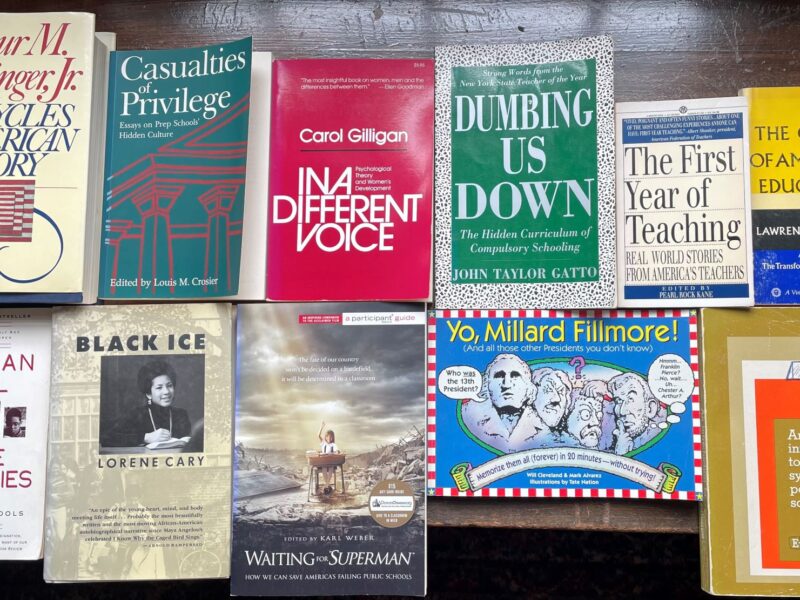Truth v. Harmony
Truth v. Harmony is a variation of The Controller v. The Enabler. We might see this dynamic at work in the checkout counter at the supermarket. A little boy or girl may spy a colorful book with Big Bird on the cover and asks Mom to purchase the book. At first, Mom refuses. (Lest anyone accuse me of pointing a finger at others, rest assured that I faced this Big Bird dilemma a number of times with my own daughters at our local supermarket!) The child begins to protest, and the mother becomes acutely aware of the fact that several heads in the supermarket have turned in her direction in the hope of catching a floor show. The child realizes that the spotlight is on her and responds by throwing a tantrum.
The truth v. harmony molecule is now isolated. Mom can achieve “harmony” by purchasing Big Bird; however, she knows that this doesn’t honor “truth,” especially when she realizes that the family already owns thirty‑two Big Bird books at home. This relatively cute scenario can later manifest itself in some ugly scenarios for families.
Let’s return to the alcohol variable. Dad works very hard to keep his business going and to maintain a high standard of living for the family. He likes to come home at 7:00 or 8:00 every night and have a few drinks. It shuts him off from the family. His wife is very concerned about this habit and has challenged him on it a few times. Arguments have ensued which have frightened the children. The wife reasons that the outcome of confronting her husband has created more problems than she would have had if she had just let it go. She chooses harmony, and we’re back afloat on Geno Ring’s life raft.
The biggest problem with dysfunctional families is that their perception of what is normal can become incredibly distorted. We might begin with the tantrum that Johnny pulls whenever Dad asks him to mow the lawn. Dad realizes that it’s easier to mow the lawn himself; Johnny learns that a tantrum will get him what he wants. (And we have The Controller and The Enabler all over again.) I have seen this same dynamic evolve to the point where Dad ends up asking Johnny if it’s okay for him (i.e., Dad!) to use the car. To return to our original definition of dysfunction, in this instance, Dad fully accepts that he cannot control how Johnny reacts to him. However, he goes too far in that he has decided that it’s not even worth it to control how he reacts to Johnny. Johnny may well carry these same issues to his own family in the future. Truth and harmony are perpetual issues examined in our Family Learning Center at Hyde School. Our experience tells us that most family problems can be traced to issues of truth.
At a typical Hyde Parents Weekend we ask the question, “How would you like your family to grow in the future?” The most common answer: “We would like to have better communication in our family.” Families then pledge to have dinner together more often or agree to share in a family outing one weekend a month, etc. These are all laudable goals, ones we encourage. However, this approach can also skirt the issue. Rarely is communication the problem. The problem is usually a lack of truth, which manifests itself in symptoms of… poor communication. As a rule of thumb, greater commitment to truth will result in better communication. Our experience has been that the converse is not as likely.
Next: The Drill Sergeant vs The Conciliator
Onward, Malcolm Gauld


